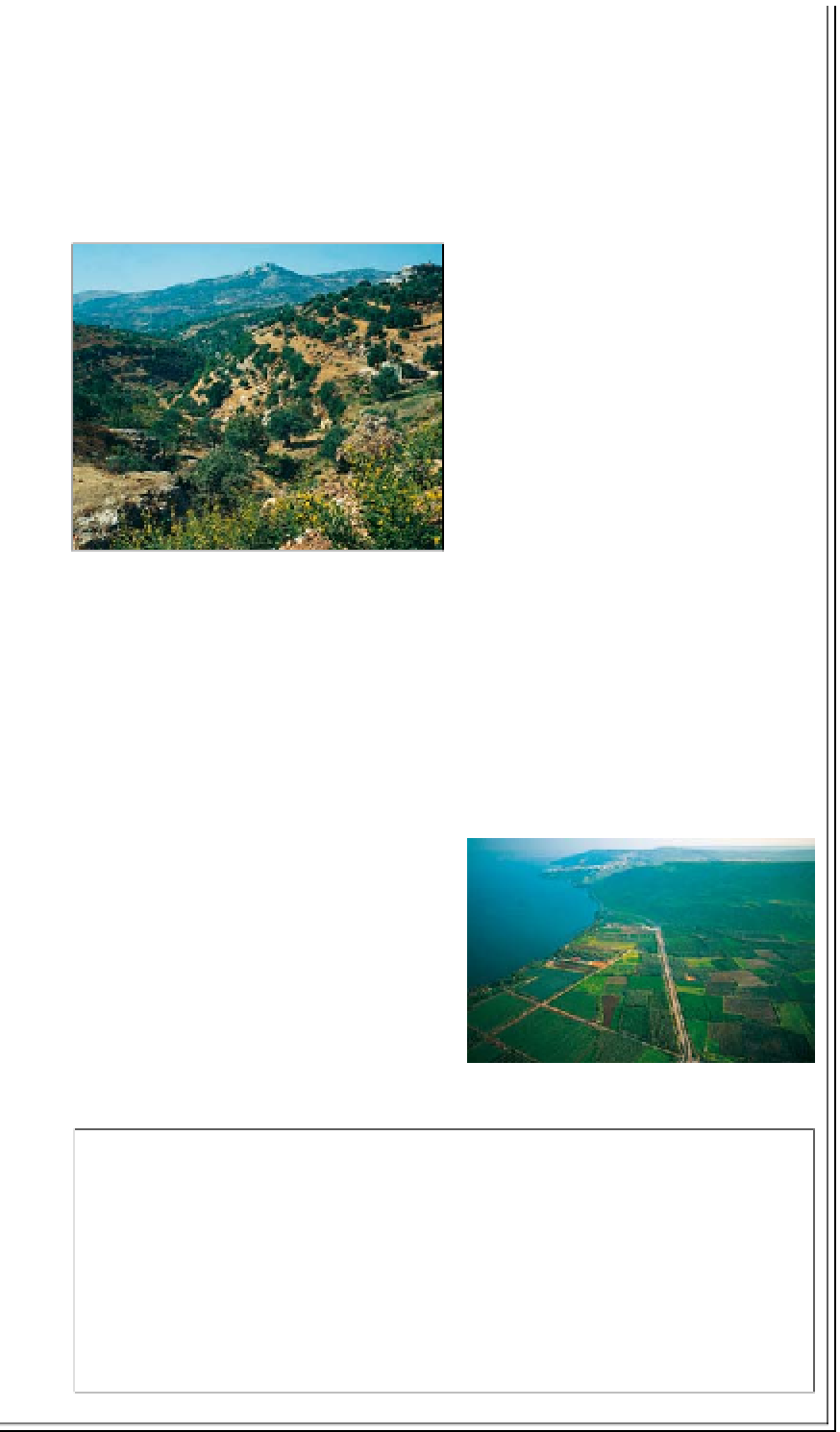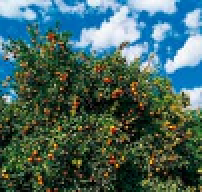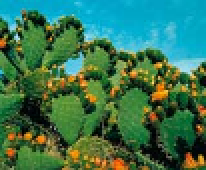Travel Reference
In-Depth Information
MOUNTAINS, HILLS AND CLIFFS
The highest mountains in the region are those
on the Sinai peninsula and Mount Hermon in
the Golan Heights. Trees on the lower slopes
in the Golan include Aleppo pine and Syrian
juniper. Vegetation in Sinai is very sparse as it
is in the spectacular, rocky cliffs and gorges in
the Judaean Hills and around the Dead Sea.
Egyptian vultures
are
found in many of the
wilder areas, such as the
Negev and the mountains
of northern Israel and
northwestern Jordan.
Ibexes
live high
in the mountains,
descending, in
the cool of
the morning
and late
afternoon, to
wadis and
oases to graze
and drink.
The Madonna lily's
beautiful
white flowers symbolize purity.
A number of Holy Land plants
have names inspired by the Bible.
The Golan Heights
CULTIVATED AREAS
Israel makes maximum use of the land
available for agriculture, even using irrigation
to create artificial oases in the desert.
There are extensive plantations of oranges
and other citrus fruits, avocados, bananas
and dates. Jordan is less fortunate, its only
fertile area being along the eastern side of
the Jordan Valley. In Sinai there are only
rare oases such as Feiran
(see p249)
.
Prickly pears
thrive in
the hot dry climate.
Introduced originally
from the Americas,
they are much
appreciated for their
sweet refreshing fruit.
Oranges
are one of
many fruits grown
in the fertile areas;
they constitute a
major export
for Israel.
The laughing dove
, so called for its
rising and falling, laughing cry,
has spread dramatically since the
1930s in the cultivated regions of
Israel and western Jordan.
Neatly cultivated fields at Migdal on the western
shore of the Sea of Galilee
BIRDWATCHING IN THE HOLY LAND
Israel lies on one of the most important
routes for migratory birds that winter in
Africa then return to Europe and Asia
to nest in the spring. Larger species
include both black and white storks and many birds of prey.
In terms of the number of species that can be seen, the area
around Eilat
(see p205)
on the Gulf of Aqaba is reckoned the
best place for watching migrating birds in the world. Another
popular destination for birdwatchers is the Hula Reserve, an
area of protected wetlands north of the Sea of Galilee.
Migrating stork
White pelicans taking off from a
field near the Hula Reserve















